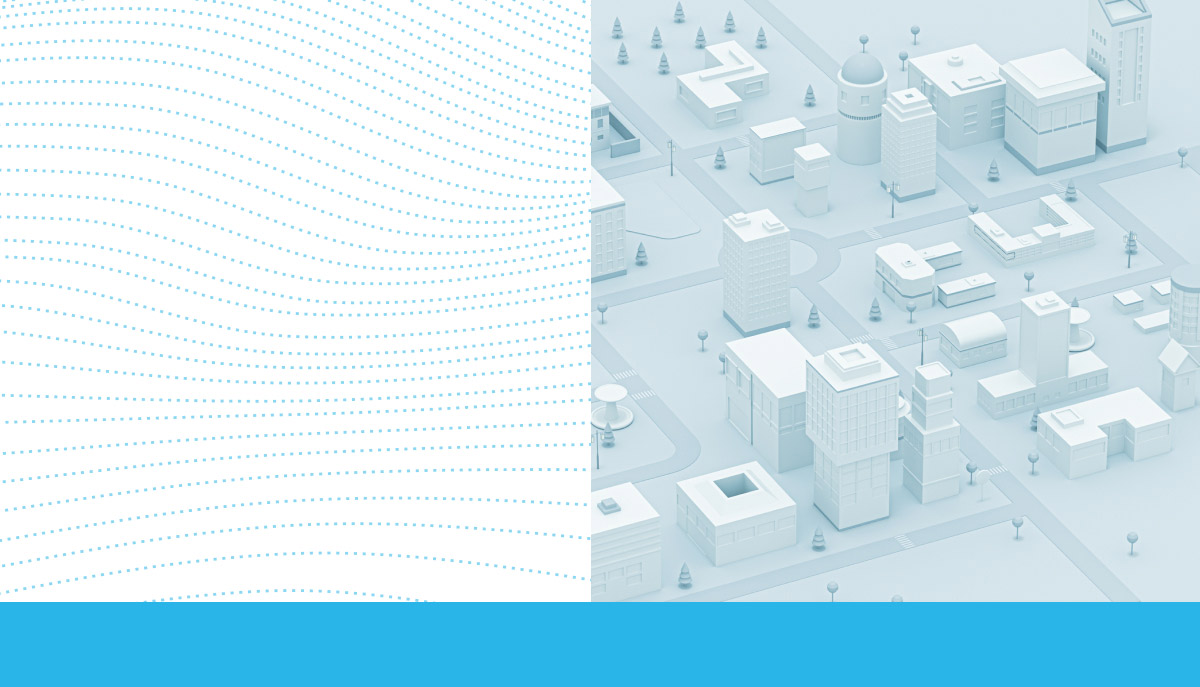
Geospatial data can give a business a competitive edge — especially when it’s combined with the company’s own data resources. Considering a new store location? You’ll want to analyze not just where your nearest competitors and potential customers are, but also retail footfall numbers, historical traffic patterns, distance from distribution centers, environmental factors, potential delivery times to customers and more. You need geospatial data to make it all happen.
Until now, embedding geospatial data into analytics processes in a timely manner was a challenge. Customers faced two options: very data-heavy, database-like solutions that offered lots of flexibility but updated data slowly, or software-oriented solutions that had very fresh data, but little configurability.
As a geolocation platform, Mapbox brings the best of both worlds together by offering super-fresh data (as many as 700,000 daily updates), with tools tailored to developers’ needs so they can easily embed geospatial intelligence into their apps. The Mapbox Snowflake Native App extends those benefits: it brings Mapbox’s search, navigation and mapping logic to the data and makes geospatial data analysis more accessible for developers and non-developers alike.
Check out the Mapbox Snowflake Native App now.
Democratizing advanced geospatial capabilities
Embedded in over 45,000 apps, Mapbox supports a wide variety of use cases across mapping, search and navigation. Examples include adding spatial awareness to a store network and delivering accurate GPS information to a vehicle, or customizing maps for athletes that highlight details such as elevation, terrain and hyper-accurate route plotting.
Mapbox has historically made data products available on Snowflake Marketplace, including its Movement data set that provides an index of mobility data so you can compare human activity by day or hour in locations around the globe. The Snowflake Native App Framework presented Mapbox a chance to go a step further and democratize access to advanced geospatial functionalities.
“What’s exciting to us about the Snowflake Native App is ease of use and opening up our products to a new set of users who have a different skill set,” says Garrett Miller, Global Vice President, Customer Engagement at Mapbox. “A business analyst now has the ability to run complex optimization algorithms with just a simple SQL statement. You can unlock the power of what Snowflake already has, and what Mapbox can bring to bear.”
The Mapbox Snowflake Native App extends the reach of Mapbox’s services by offering customers an easy-to-use interface to incorporate geospatial data into their business decisions. It abstracts the complexity of geographic information system (GIS) data, empowering a broader set of business users to do things that traditionally fall to GIS analysts. Plus, developers and business users can both work within a familiar environment to enrich data, automate analysis jobs, and make the analytics and results available to others in the organization.
The Snowflake Native App advantage
The Snowflake Native App enables customers to do more with their data in the Mapbox environment. All the data is already in Snowflake, and there are fewer integrations to manage, which streamlines workflows and reduces access bottlenecks.
The Snowflake Native App approach also decreases the friction that enterprise customers may experience when trying to work with new vendors and figure out data privacy and sharing protections. Snowflake customers can simply add the Mapbox Snowflake Native App to their Snowflake account versus opening a vendor onboarding process with procurement. And because the app runs in the customer’s account, there’s no need to move data — which means sensitive data stays under the customer’s control.
Powerful transformation and analysis capabilities at your fingertips
The Mapbox Snowflake Native App does far more than posting data to the Snowflake Data Cloud for others to query. It provides deep application functionality that puts geospatial analysis at developers’ fingertips. Here are a few examples.
Geocoding
Geocoding involves converting addresses into geospatial coordinates, or vice versa, so you can more easily analyze, visualize and utilize that information to validate customer addresses or understand where assets are located. The challenge lies in figuring out what an address is and whether it’s real. For example, people get zip codes wrong all the time; they misspell city names and mix up street designations.
Mapbox’s specialized search engine can take messy address data, understand it, correct it, and convert it into coordinates, as well as translate raw location coordinates into addresses with a high degree of certainty. It also provides metadata on what assumptions and fixes were used to inform the address match.
The Mapbox Snowflake Native App also offers the ability to store the results of queries indefinitely, which can be a big productivity booster. If you translate a set of latitude and longitude points into street addresses to figure out which route a certain tractor trailer takes, you want to keep the results of that query for future analysis so you don’t have to repeat the work. You may also choose to retain the records for regulatory or reporting purposes.
Aggregate and analyze
Applying geospatial data to existing enterprise data allows companies to quantify and support their planning and strategic decisions. For example, by combining customer location data with Mapbox Movement index of human activity and its Isochrone API, a company can see how a potential store location works in the real world: traffic patterns, how many customers are within a 15-minute travel range, and so on. This insight can inform decisions about where to put distribution centers, or where to offer time-based delivery services. It’s also useful for configuring distribution routes, locating providers within a certain radius, and planning distribution centers to optimize a supply chain.
The Mapbox Snowflake Native App also brings its Boundaries data set to the Data Cloud, giving Snowflake Native App users access to 5 million boundaries — the divisions between areas — that span multiple levels from postal and legislative to state, city and local borders. This high-quality, aggregated boundary data is especially important for data visualization as it allows users to view data in a familiar, intuitive way. Joining boundary information to public data sets such as average income, U.S. Census Bureau data, or wiki data about towns creates a set of data points that you can normalize and run queries against to create interactive maps, define custom sales territories, focus outreach efforts, and more.
With its Snowflake Native App, Mapbox can build all of these mapping, search and navigation functionalities and make them available to run in a customer’s environment. Some of the app logic is encapsulated in the Snowflake environment, some already sits in Snowflake, and Mapbox uses native Snowflake operations. In some cases, the app uses external functions that call Mapbox APIs. Gateways between Mapbox services and Snowflake services allow for a variety of modalities in the way the services interact.
What’s next for the Mapbox Snowflake Native App?
Supply chain analysis and ESG decisions are two emerging use cases that Mapbox sees as huge areas of growth — and areas where the Mapbox Snowflake Native App can help organizations bring GIS and enterprise data to bear on everything from delivery route efficiency to cost savings through sustainability improvements.
“The vision has always been over time to bring more and more of Mapbox into the Snowflake Data Cloud,” says Sean Graber, Head of Search at Mapbox. “We’re shepherding in the rest of Mapbox services so they are fit for the use cases that our customers face, like business intelligence and data analysis.”
As Mapbox adds more functionality to the app, customers are embracing the possibilities and thinking up new use cases and opportunities to not just transform their data, but also extract insights from it. There’s also growing customer interest in visualizations that demonstrate the insight, so someone can understand the work that’s been done and quickly make decisions. To that end, Mapbox is working with Snowflake and Streamlit to create “really beautiful and differentiated visualizations like heat maps and 3D visuals with extruded buildings,” says Graber. “There’s so much we can do to bring this data to life.”
Experience the Mapbox Snowflake Native App for yourself
Check out the Mapbox Snowflake Native App on Snowflake Marketplace here. Use our Quickstart to learn how to geocode address data with Mapbox’s native app, or watch a quick two-minute demo to see how Mapbox used the Snowflake Native App Framework to create its native app.

